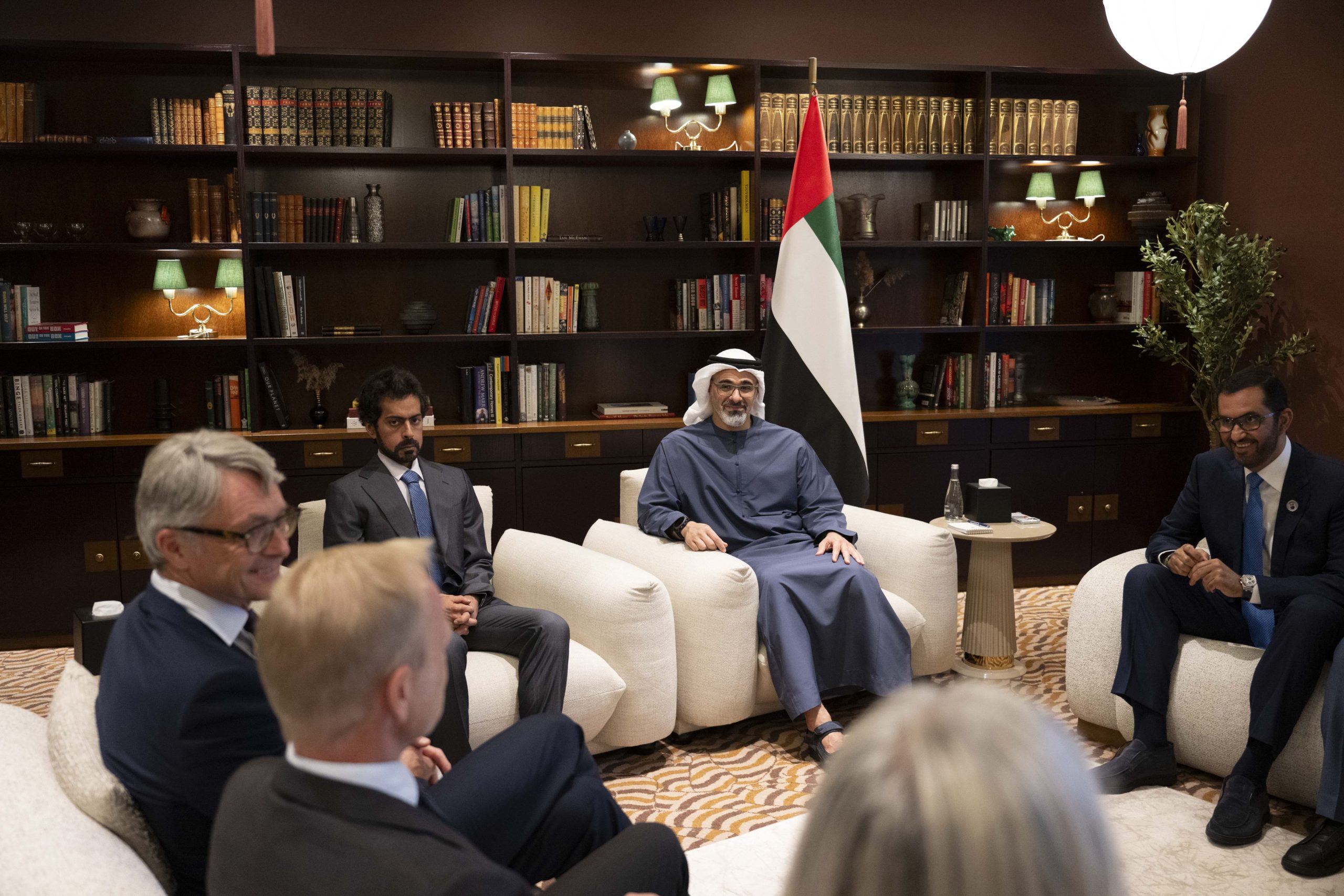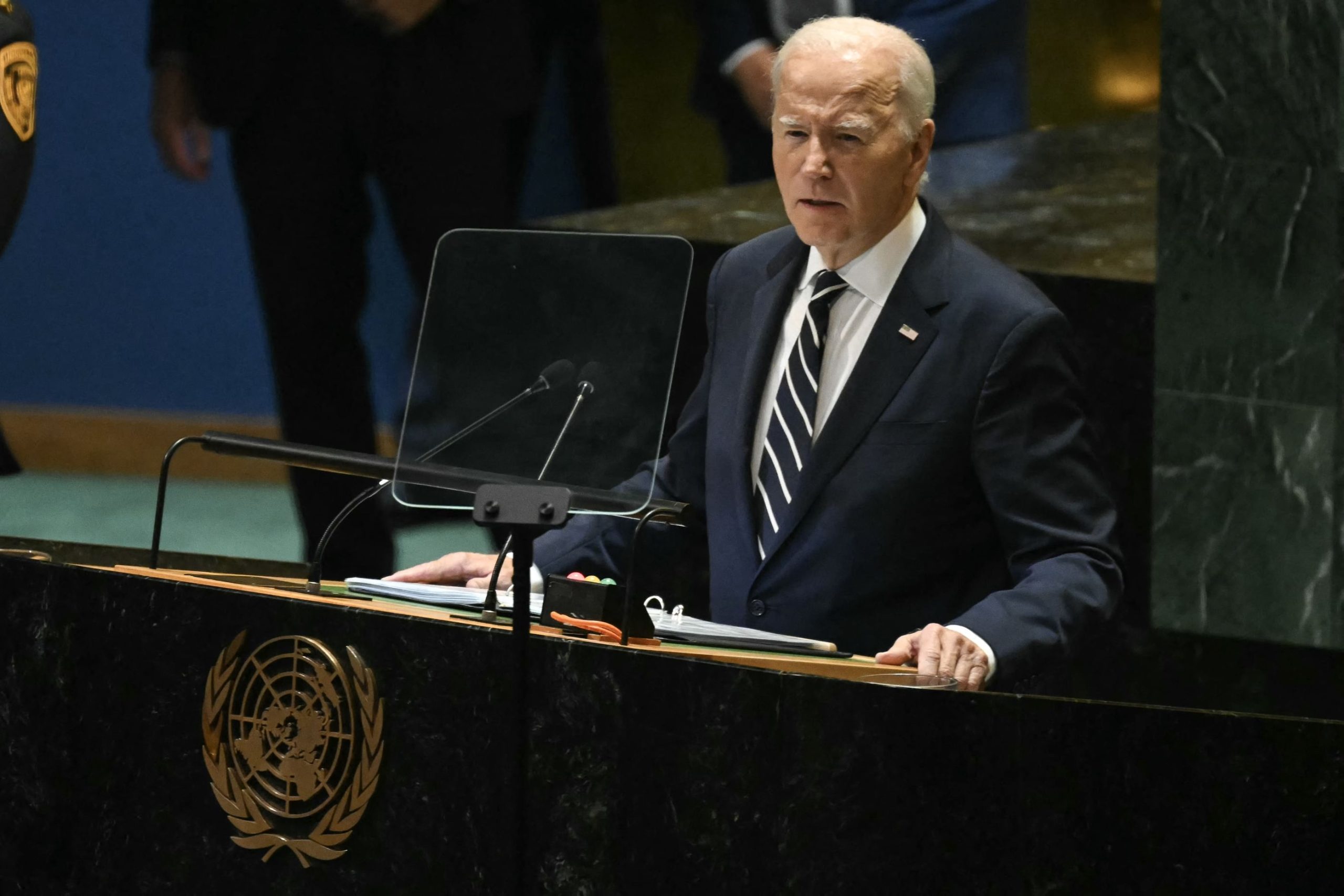Protests broke out in Iran’s central province of Isfahan on Tuesday with demonstrators chanting against Iran’s clerical leaders, videos shared on social media showed.
Protesters in Isfahan’s city of Golpayegan chanted against Iran’s highest authority, Supreme Leader Ali Khamenei, as well as President Ebrahim Raisi, videos shared on Twitter showed.
For the latest headlines, follow our Google News channel online or via the app.
“Death to the dictator,” protesters in Golpayegan chanted, referring to Khamenei in one video. “Death to Raisi,” protesters chanted in another video. Al Arabiya English could not independently verify the videos’ authenticity.
Protests have broken out in several Iranian provinces – including Khuzestan, Lorestan, Charmahal and Bakhtiari,
Kohgiluyeh and Boyer-Ahmad and Ardebil – since a government announcement last week that the cost of staple foods such as cooking oil, chicken, eggs and milk would rise as high as 300 percent.
Activists have reported at least six deaths since the protests began last week, blaming security forces for the deaths. The sound of gunfire could be heard in several recent protest videos on social media.
Iranian authorities have yet to report any deaths. However, one lawmaker said one person was killed during a protest in Khuzestan without giving any further details. At the same time, state media published footage of a man that said his son was shot dead by anti-regime protesters in Charmahal and Bakhtiari. Activists said authorities pressured the man into making the statement and that his son, named Saadat Hadipour, was killed by regime forces.
From non-political triggers to regime change
The latest round of protests in Iran – triggered by a sharp rise in the prices of staple foods – has quickly taken a political turn, with demonstrators calling for regime change in dozens of Iranian cities.
That has been the case with protests in Iran in recent years.
In 2021, protests erupted over water shortages. In 2019, an overnight increase in fuel prices sparked protests across Iran. In both 2021 and 2019, the protests’ trigger was non-political, but protesters’ eventual demands were political as they demanded regime change.
“Over the past half-decade, the Islamic Republic has seen explicitly non-political triggers, be they economic or social, produce explicitly political protests,” Behnam Ben Taleblu, a senior fellow at the Foundation for Defense of Democracies (FDD), told Al Arabiya English.
“In recent years, Iranians have used every available opportunity to signal their dissatisfaction and discontent for the regime that rules over them. This includes election boycotts and widespread protests,” he said.
“The decline of the ballot box and embrace of street power by Iranians is fundamentally a proxy for the lack of legitimacy the system has in the eyes of Iranians,” Ben Taleblu added.
Ben Taleblu believes more protests are on the horizon, given the poor state of Iran’s economy. According to official figures, inflation has risen to nearly 40 percent, and almost half of Iran’s 85 million population is under the poverty line.
“Even accepting the Islamic Republic’s own figures about inflation, unemployment, and those who live below the poverty line means accepting that at any given moment, a highly combustible scenario could alter the status quo. Expect more, not less, protests like this in Iran.”
Read more: Iranian lawmaker says one killed during protest against rising prices

 World3 years ago
World3 years ago
 World3 years ago
World3 years ago
 Business12 months ago
Business12 months ago
 Entertainment7 years ago
Entertainment7 years ago
 World7 years ago
World7 years ago
 Entertainment7 years ago
Entertainment7 years ago






